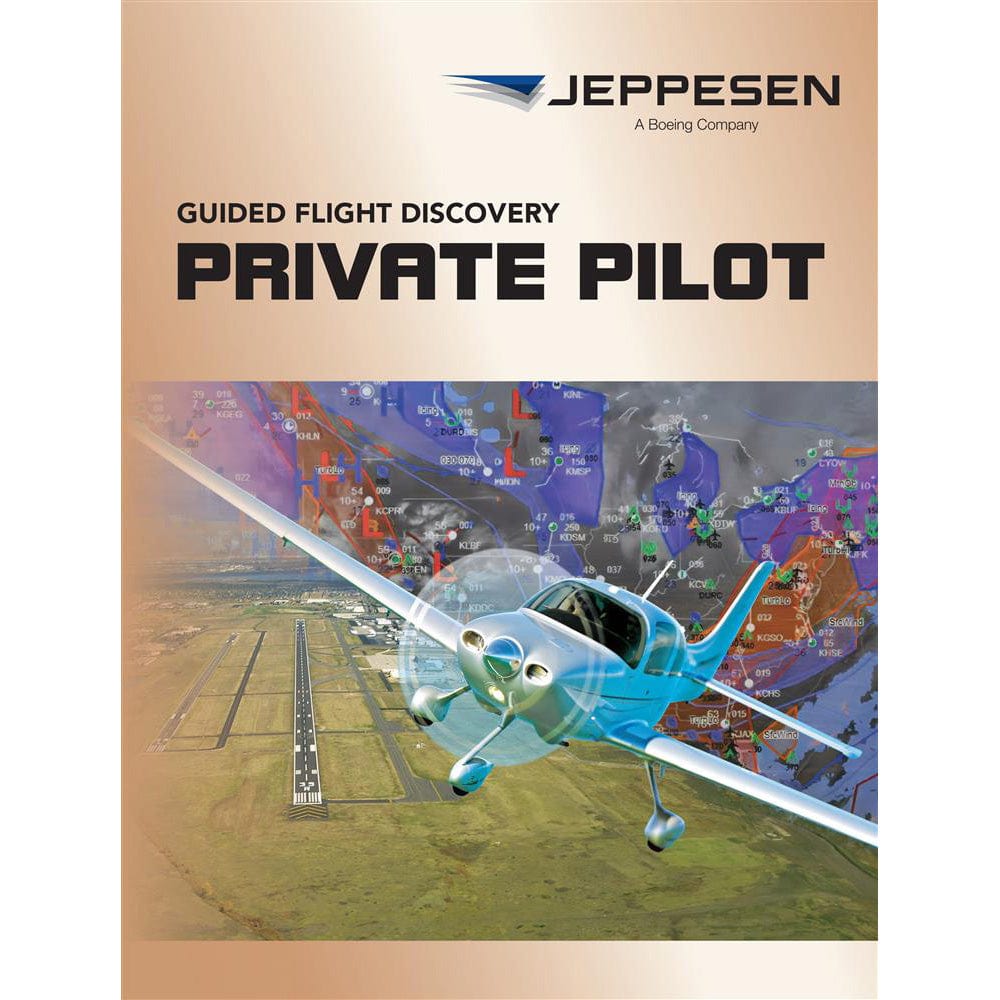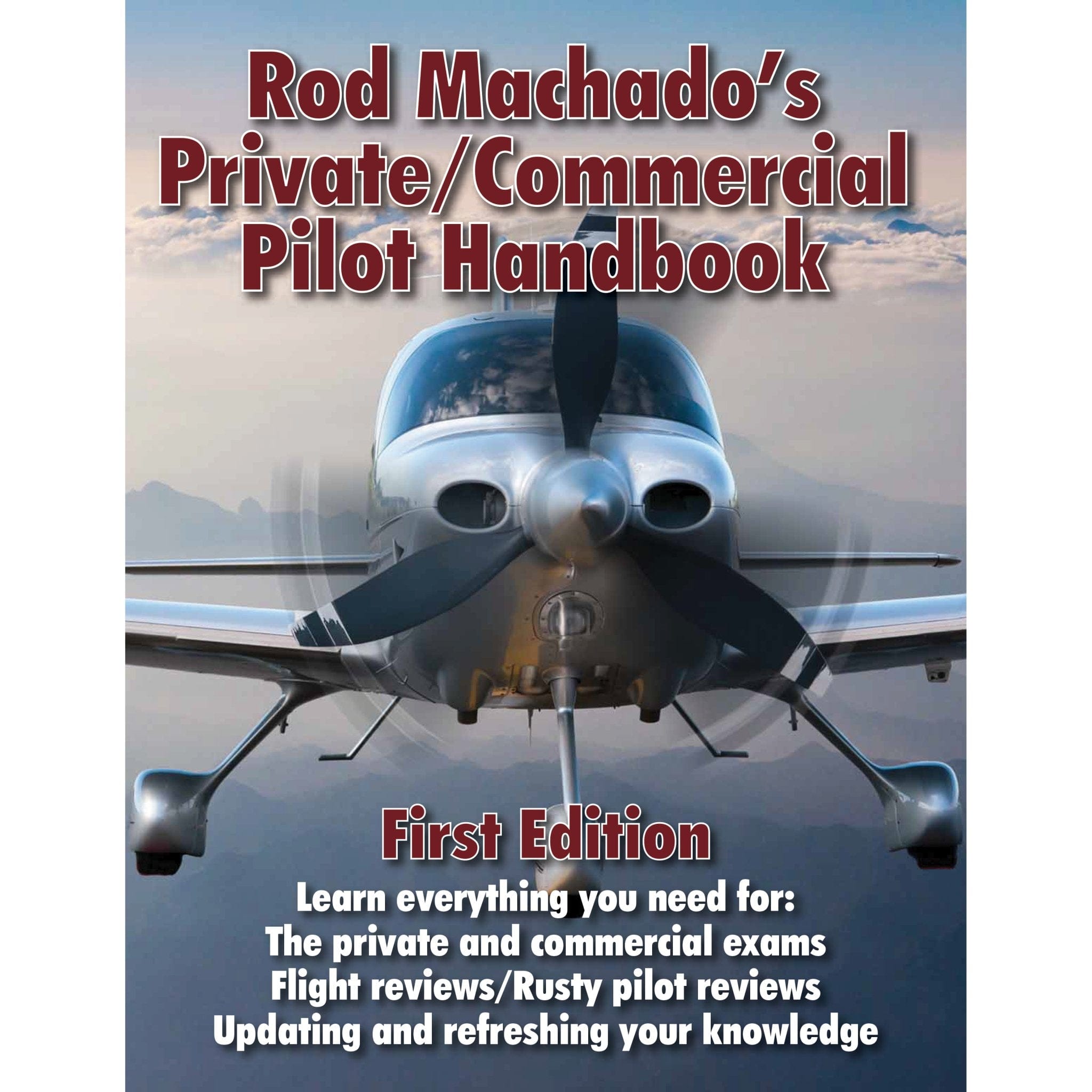Então você tomou a decisão de buscar sua licença de piloto privado. Talvez você tenha feito um voo de descoberta, ou talvez tenha um membro da família que já seja piloto. De qualquer forma, o bichinho da aviação mordeu você e agora você está ansioso para mergulhar em tudo o que a aviação tem a oferecer.
E embora existam diferentes opções disponíveis, algumas pessoas querem acelerar seu treinamento para que possam se concentrar em habilidades mais avançadas para uma carreira como piloto.
Não se preocupe, nós vamos ajudar você!
Este guia mostrará a maneira mais rápida de obter a licença de piloto privado , abordando o que esperar, quanto tempo leva e os custos associados.
RESUMO
-
Você deve ter 17 anos ou mais, ser proficiente em inglês e possuir um Certificado Médico de Terceira Classe
-
O custo médio para obter seu Certificado de Piloto Privado é de US$ 9.000 a US$ 16.000, dependendo da escola de voo e despesas adicionais.
-
Você pode esperar um prazo de 3 meses em um cronograma acelerado.
-
Você precisará de aulas práticas, treinamento de voo e fazer os exames da FAA (conhecimento e prática).

1. Requisitos de elegibilidade para treinamento de piloto privado
Antes de iniciar qualquer treinamento, você precisa ter certeza de que atende aos requisitos básicos.
-
Você deve ter pelo menos 17 anos de idade.
-
Você deve ser proficiente em inglês (leitura, escrita e fala).
-
Você deve conseguir obter um certificado médico de terceira classe da FAA.
Dependendo de onde você mora, isso pode custar entre US$ 75 e US$ 200. Seu primeiro passo deve ser visitar um médico legista autorizado pela FAA perto de você para obter este certificado.

2. Inscreva-se na Ground School (online ou pessoalmente)
A escola terrestre estabelece a base teórica para todo o seu treinamento de voo. Muitas escolas oferecem opções online para acelerar o processo.
Primeiro, você precisa saber se está frequentando uma escola da Parte 61 ou da Parte 141, pois a estrutura e o ritmo dos programas podem ser diferentes.
Escolas Parte 61
As escolas da Parte 61 oferecem mais flexibilidade, permitindo que você adapte seu aprendizado à sua agenda. Você pode trabalhar no seu próprio ritmo, o que é ideal se estiver equilibrando outros compromissos ou aprendendo como um hobby.
Você também tem a opção de selecionar seu instrutor de voo, e a escola em terra é menos formalizada. Essa opção é frequentemente favorecida por alunos que querem ir em um ritmo de meio período, ajustando as aulas com base em seu progresso.
Embora a Parte 61 tenha um requisito mínimo de 40 horas de voo para uma licença de piloto privado, os alunos geralmente demoram mais devido a cronogramas de treinamento irregulares ou cancelamentos devido ao clima.
Parte 141 escolas
As escolas da Parte 141 seguem um currículo rigoroso aprovado pela FAA. Tudo é estruturado, com planos de aula claros, verificações de estágio e um ritmo definido.
Esse tipo de programa é mais comum para estudantes que desejam seguir carreira na aviação porque é mais rápido e simplificado.
As escolas da Parte 141 geralmente são mais caras por hora, mas permitem que você obtenha sua licença de piloto privado com menos horas de voo (35 em vez de 40). Um programa da Parte 141 pode parecer rigoroso, e pode não ser o mais adequado se você precisa de flexibilidade em sua agenda.
Ambos os programas preparam você para os mesmos exames da FAA, mas se você está pensando em um caminho mais rápido e estruturado, uma escola da Parte 141 pode ser a escolha certa para você.
Se você está procurando mais flexibilidade, uma escola Part 61 pode ser mais adequada para você. A decisão depende de seus objetivos e prazo, se você está almejando uma carreira na aviação ou simplesmente voando recreativamente.
A média nacional
Não importa qual você decida escolher, Parte 61 ou Parte 141, a média nacional para treinamento de piloto privado é mais próxima de 70 horas de voo , bem acima dos requisitos mínimos em qualquer um dos caminhos.
Uma escola terrestre ajuda você a se preparar para o Exame de Conhecimento da FAA, que abrange assuntos como navegação, regulamentos e aerodinâmica. Os cursos acelerados geralmente abrangem esse material em apenas algumas semanas, mantendo você no caminho certo para voar mais cedo.
Escola de Piloto Privado
Aqui estão alguns kits e materiais de treinamento básico para ajudar a acelerar o processo:
Custo:
Os cursos presenciais variam de US$ 50 a US$ 500, dependendo se você escolher uma opção de estudo individual em casa ou uma opção com instrutor.

3. Comece o treinamento de voo de piloto privado
A essência do processo, aulas de voo, exigem prática no ar com um instrutor de voo certificado. As regras da FAA dizem que você precisa de pelo menos 40 horas de voo, mas a maioria dos pilotos precisa de 50 a 70 horas para estar pronto para o checkride.
Com um programa acelerado, você pode condensar isso em dois a três meses, voando várias vezes por semana para acumular horas rapidamente.
Se você está curioso sobre onde encontrar escolas de aviação ou como começar seu processo de treinamento de voo, temos alguns guias que podem ajudar:
Custo:
Os custos podem aumentar aqui, já que alugar uma aeronave geralmente custa de US$ 100 a US$ 200 por hora, e contratar um instrutor acrescenta outros US$ 50 a US$ 75 por hora. No total, você está olhando para algo em torno de US$ 8.000 a US$ 14.000 para esta parte.

4. Passe no exame de conhecimento da FAA
O FAA Knowledge Exam é um dos passos mais importantes. Você pode fazê-lo após concluir sua escola de solo e consiste em 60 questões de múltipla escolha.
Você precisará de pelo menos 70% para passar. Muitos alunos escolhem fazer isso antes de começar a maior parte do treinamento de voo para que possam se concentrar totalmente em voar quando terminarem.
Uma excelente dica de estudo é usar um curso preparatório para testes on-line e tirar nota acima de 90% pelo menos 3 vezes seguidas para ter certeza de que você está pronto antes de fazer o teste.
E não se preocupe, você pode entrar em contato com seu instrutor de voo e ele verificará se você está preparado para fazer o exame escrito.
Custo:
O exame custa cerca de US$ 175. Para obter custos precisos, entre em contato com o centro de testes mais próximo e pergunte sobre os preços.

5. Complete voos solo
Depois que você tiver construído um pouco de experiência, seu instrutor assinará sua habilidade de voar solo. Isso normalmente acontece após 10 a 20 horas de treinamento de voo, mas varia de pessoa para pessoa.
Seus voos solo são um grande passo porque agora você está no controle sem seu instrutor a bordo. Os regulamentos da FAA exigem pelo menos 10 horas de voo solo, que incluem voos cross-country e noturnos.
A boa notícia? Esse tempo solo conta para o total de horas de voo necessárias.
Custo:
O aluguel de uma aeronave para construção solo custa de US$ 100 a US$ 200, dependendo da aeronave.

6. Passe no exame prático da FAA (Checkride)
O checkride é o exame final na sua jornada para se tornar um piloto privado licenciado. Este teste inclui um exame oral e um teste de voo.
O examinador de piloto designado (DPE) fará perguntas sobre operações de aeronaves, clima e navegação durante a parte oral e, então, você voará para demonstrar suas habilidades de voo.
Custo:
O custo do checkride varia de $400 a $650, mais o custo do aluguel do avião, que acrescenta outros $250 a $400. Esteja preparado para bloquear várias horas para esse processo — não é um teste rápido.
Prazo e Custo
Se você está procurando acelerar seu PPL, espere gastar cerca de três meses do início ao fim. Programas acelerados podem condensar seu treinamento, mas eles exigem muita dedicação e tempo, às vezes envolvendo vários voos por semana.
Em termos de custo, você deve planejar entre US$ 8.000 e US$ 15.000 no total, dependendo de quantas horas de voo você precisa e do tipo de programa escolhido.
Se isso parecer caro, muitas escolas oferecem opções de financiamento, ou você pode dividir seu treinamento ao longo do tempo para diminuir o fardo financeiro.
Lembre-se de que prolongar demais o treinamento pode significar repetir as aulas, o que aumentará seu custo total.

Perguntas frequentes
-
Quanto tempo demora para obter uma licença de piloto privado?
Programas acelerados podem ajudar você a concluir seu treinamento em 3 a 6 meses se você puder dedicar tempo e recursos.
-
Como posso reduzir o custo de uma licença de piloto privado?
Voe regularmente para evitar repetir aulas, compre ou peça emprestado equipamentos de segunda mão e explore bolsas de estudo ou opções de financiamento.
-
Qual é a diferença entre as escolas de voo Parte 61 e Parte 141?
A Parte 61 oferece horários flexíveis e é ideal para pilotos recreativos, enquanto a Parte 141 segue um currículo rigoroso e é mais adequada para aqueles que buscam uma carreira na aviação.
Remover
Acelerar sua licença de piloto privado é possível e é uma escolha inteligente se você quer realizar seu sonho rapidamente.
Se você se dedicar a um programa acelerado, cumprir suas horas de voo de forma consistente e estudar bastante para os exames, poderá estar pronto para voar em apenas alguns meses.
Se tornar-se um piloto é seu objetivo, o custo e o esforço valerão a pena. Comece seu treinamento hoje, e em breve, você terá suas asas.
Interessado em carreiras na aviação?
Nossos guias foram projetados para ajudar!
-
Como se tornar um comissário de bordo sem experiência (guia)
-
Como obter uma licença de despachante da FAA - Saiba o que é preciso
-
Como se tornar um controlador de tráfego aéreo [Você se qualifica?]
Você achou este artigo útil?
Você acha que esquecemos de algo importante? Deixe-nos saber nos comentários abaixo!







